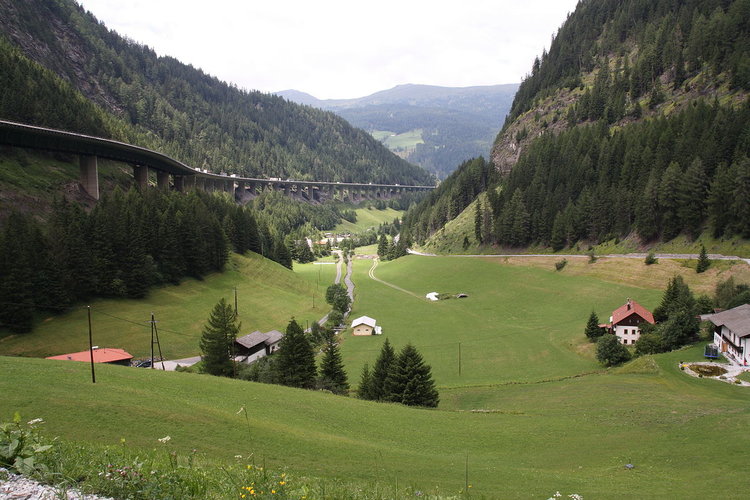From Krakow to Rome: the Tyrolean Way
By train through the Brenner Pass, and lots more! Alan Heeks writes… I suspect that most British train lovers, like me, mostly travel across Europe to and from London – radiating out from the Eurostar. Belatedly I’m realising that I’ve missed out on some great rail journeys that run across these radial routes from England. … Read more

